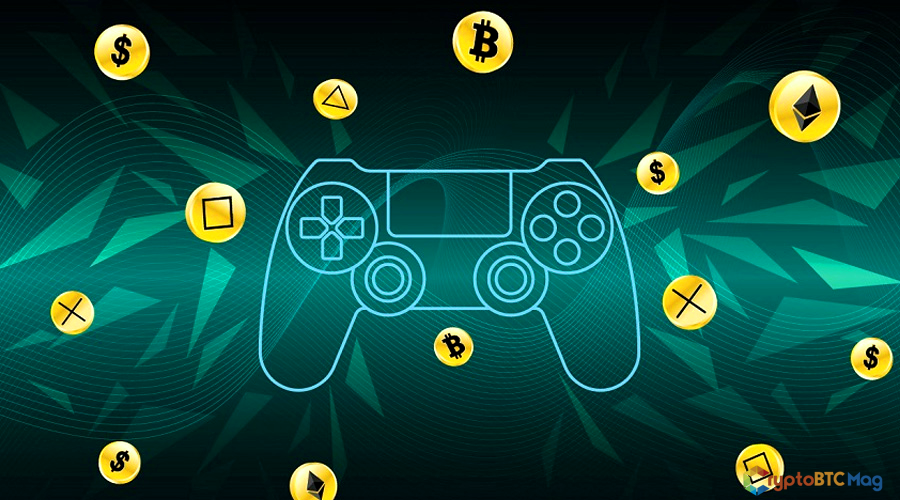
What is a Bitcoin ATM?
Walmart, which has the most US sales, said it would put Bitcoin ATMs in 200 of its 4,700 stores in October 2021. This caused a big ripple in the crypto world, given Walmart’s size and customer base, but if you’re among those who aren’t even sure what a Bitcoin ATM is, we’re here to help explain what they do, how they work, and why you’re likely to see a lot more of them pop up.
What is a Bitcoin ATM?
ATM is one of those universal phrases that can be understood in almost any country. They are machines connected to banks and let you take money out of your account.
ATM stands for Automated Teller Machine, which doesn’t do a fabulous job explaining the function. A “teller” is an American term for someone who works in a retail bank, processing deposits and withdrawals in person. So an ATM is just a machine that provides this function 24/7.
Given that Bitcoin is a digital currency with no physical form and no central authority, the machines in Walmart and elsewhere around the world function differently from the ATMs you are used to.
A better way to describe them would be a crypto exchange kiosk, which can’t compete with the instant recognition that the ATM acronym provides.
What does a Bitcoin ATM do?
The main functions of Bitcoin ATMs are to allow you to buy Bitcoin (and other cryptocurrencies) with cash or to sell Bitcoin in exchange for money.
Given that cash is slowly dying in popularity as a form of money, it seems pretty ironic that it is the only form of payment that Bitcoin ATMs accept.
The big issue here is that ATMs would become a honeypot for money laundering because Bitcoin is anonymous, so they place limits on the amount you can buy or sell and, in some cases, will require you to create an account with the ATM operator and, in some cases, even provide KYC.
How does a Bitcoin ATM work?
Given what we’ve already explained, to buy Bitcoin from an ATM, you’re going to need two things. Cash and a Bitcoin wallet. Read this article first if you aren’t sure what a Bitcoin wallet is or does,
First, you need to give the machine your Bitcoin address by letting it scan a QR code from your phone’s Bitcoin wallet. This is where the ATM will send the bitcoin once you’ve bought it. This is secure because a public address system only allows money in, not cash out.
You then tell the ATM how much cash you want to exchange for bitcoin. The machine will provide a quote based on the current exchange rate, plus hefty fees, which can amount to around 10%.
Once you accept the quote, it will only be available for a few minutes (shown by a timer), given constant price fluctuation, during which time you’ll need to feed in the required cash.
Once the cash has been accepted, the machine will process the transaction, which you can confirm on your Mobile Wallet. You may have to hang around to ensure the transaction is approved, but the machine will provide a receipt.
That process will reverse if you want to sell bitcoin and receive cash. The machine gives you a QR code to scan. You indicate how much bitcoin you want to sell. Again it will provide you with quotes; once accepted, you have a set amount of time to send the Bitcoin. Once received, cash will be dispensed.
Also Read: How You Can Pay Bills Using Cryptocurrencies
Downsides of Bitcoin ATMs
Besides the fact that Bitcoin ATMs only deal with cash, the fees are pretty eye-watering, but in line with another common form of exchange found at supermarkets – converting coins to cash.
The appeal of coin-to-cash converters is their convenience. Very few places – banks included – will provide the service. Hence, as long coins remain in circulation, there is a demand to convert large amounts into something more convenient, regardless of the exorbitant fees.
You can’t quite make the same argument for a Bitcoin ATM, given you need to have a wallet already to buy or sell. Some ATMs dispense a paper voucher, which is then redeemed via a QR code, but you still need a wallet, even if it is after the fact.
Their nature has also made them the focus of criminals, either through money laundering or as part of various online scams. This is a small but persistent part of crypto in general, not just ATMs, even though ATMs are a way for criminals to get cash, which they prefer.
It seems that Walmart’s decision to trial ATMs is such a big deal because it puts Bitcoin at eye level for a huvastudience of everyday Americans. It is doubtful that they will use the machines on impulse. Still, as they slump over their trolley, waiting in line, the madevicesay inspire curiosity in a small percentage of that huvastudience, which – given Walmart’s reach – could translate into further adoption.
According to CoinATM Radar, there are now almost 31,000 ATMs worldwide in 76 countries, and following Walmart’s move, there could be a lot more. Just as Coinstar-style coin converters are exhighlyucrative, a 10% commission on bitcoin purchases is a tidy business.






One Comment